It’s a happy day when blueberries and cherries are ripe for picking!
We spent the the evening in the berry patches after dinner. Strawberries have come and gone, blueberries are ripe right now, and the raspberries are a few weeks away from fruiting.
The raspberry canes were cut to the ground at the end of last season and heavily mulched. But the soil underneath is so healthy they have grown to enormous proportions. We’re still enjoying raspberry jam from last year’s harvest but we expect another huge harvest this year.
The main vegetable plot is much smaller this year as I slowly transition to a Back to Eden (deep-mulch) approach. I can only make the space as big as I have wood chips to fill it with.
I first experimented with a Back to Eden plot two years ago. The results were incredible. Minimal weeding, no watering, and much larger produce. But not having more wood chips I decided to go back to the traditional tilling method last year. Despite a herculean effort to keep weeds out (I even used black plastic and mulched the walkways), I was still overwhelmed. I probably spent 3-4 hours a week weeding, but a short vacation in mid-July was all it took for the weeds to gain the upper-hand. It became a lost cause by late summer.
I am happy to report the Back to Eden method virtually eliminates the weed problem altogether. Since planting I have spent no more than an hour weeding all year! Whatever does come up is simple to pull because the woodchips are so porous. I haven’t watered either.
However, I have had the same problems with germination as I did a few years ago, due mainly to woodchips falling back over the soil I had pulled back to plant. Being one of the wettest Springs on record, I also had a lot of problems with slugs (wood ash takes care of that problem… until the next rain).
But the biggest problem has been the overall tepid progress of the garden as a whole. It’s as though the garden is about a month behind schedule. This has been quite disappointing and confusing because I experienced the opposite result when I tested this method out a few years ago. And this time around I even gave the wood chips a full 6 months to break down.
What I was finally able to discover was the difference in quality of compost I laid down before adding the wood chips. In my experimental plot a few years ago, I laid down several layers of high-nitrogen fertilizer (litter from my chicken coop) before adding the wood chips. This offset the nitrogen-robbing effect of the carbon in the woodchips.
Wood chips will eventually break down on their own releasing both carbon and nitrogen back into the soil, but it’s a long process. Many people I have talked to with Back to Eden Gardens have said that it wasn’t until year 3 that they really saw their gardens take off. And each successive year is better than the previous because the soil continues to build.
B2E gardens are definitely a huge time savings in weeding and watering. But if you want a really productive first year, it makes a difference what kind of compost you use. I know this to be true because of the mammoth growth of our cherry tree planted in our chicken pen.
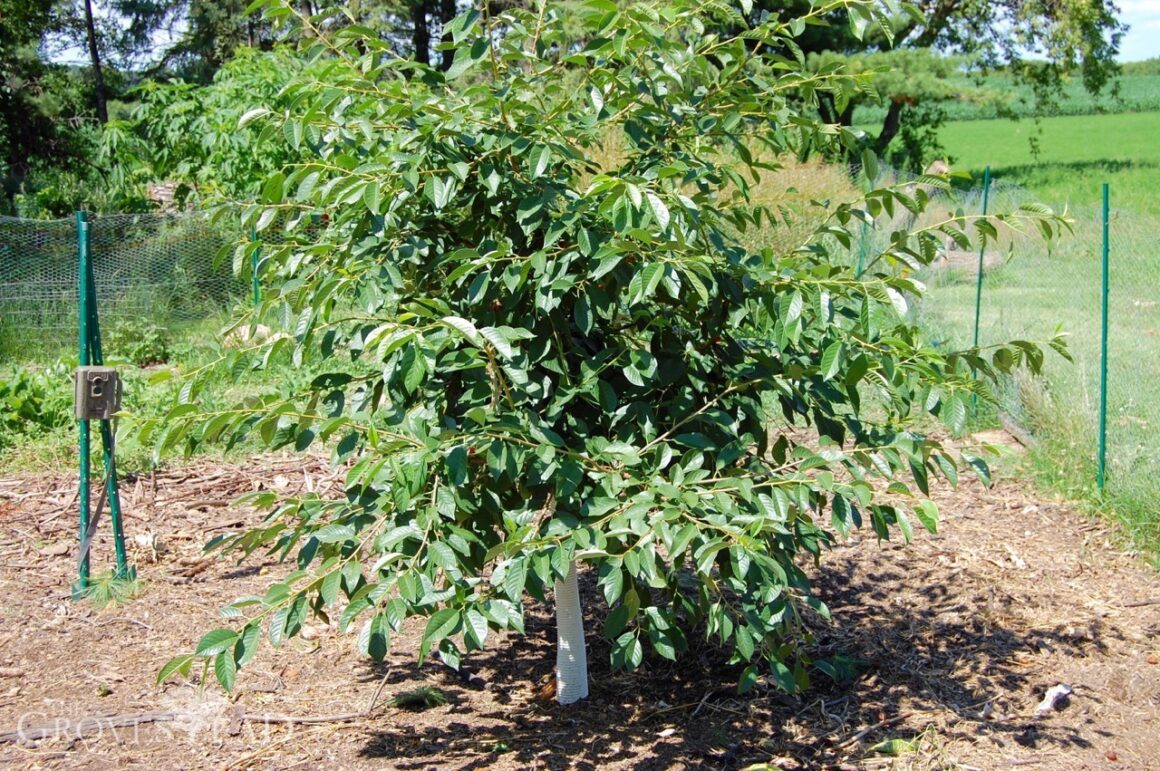
This tree was planted a mere 9 months ago, in the Fall. But it is the most productive vegetation on our entire property, producing a full crop of cherries in its first year and prompting my sister-in-law to say “that’s the healthiest cherry tree I’ve ever seen!”
Here’s what the tree looked like when we planted it:
Clearly, the quality of compost makes a difference. Just as Paul Gautschi does with his garden, I have begun harvesting the top layer of this nutrient-dense soil as a fertilizer for the garden plot. But it will take some time to work its way down to the root zone.
Elsewhere in the garden, our Bee-Friendly Garden perennials are beginning to bloom. Purple coneflower, wild bergamot, and blue flowering borage:








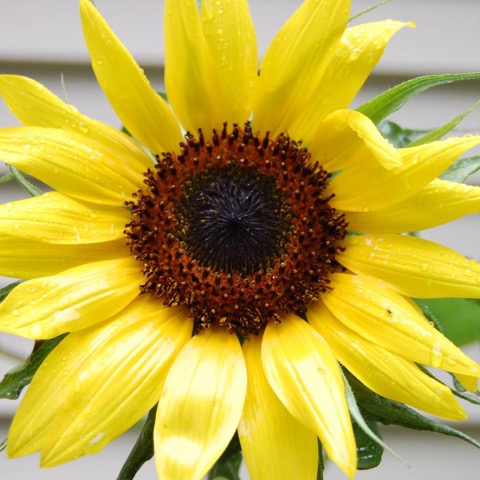

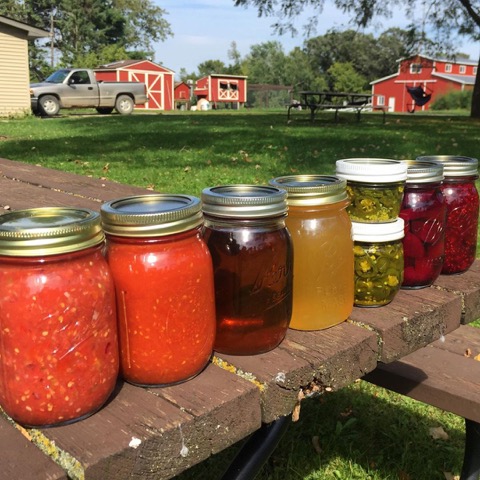
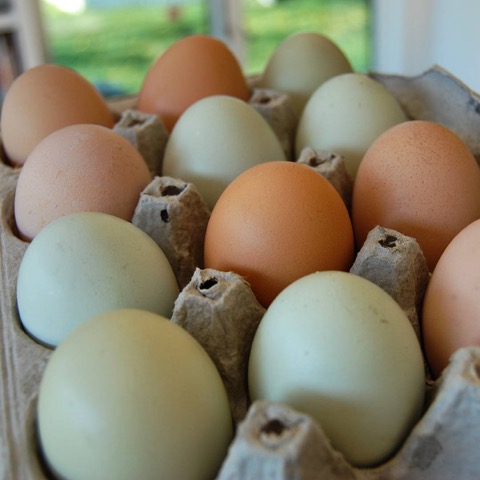

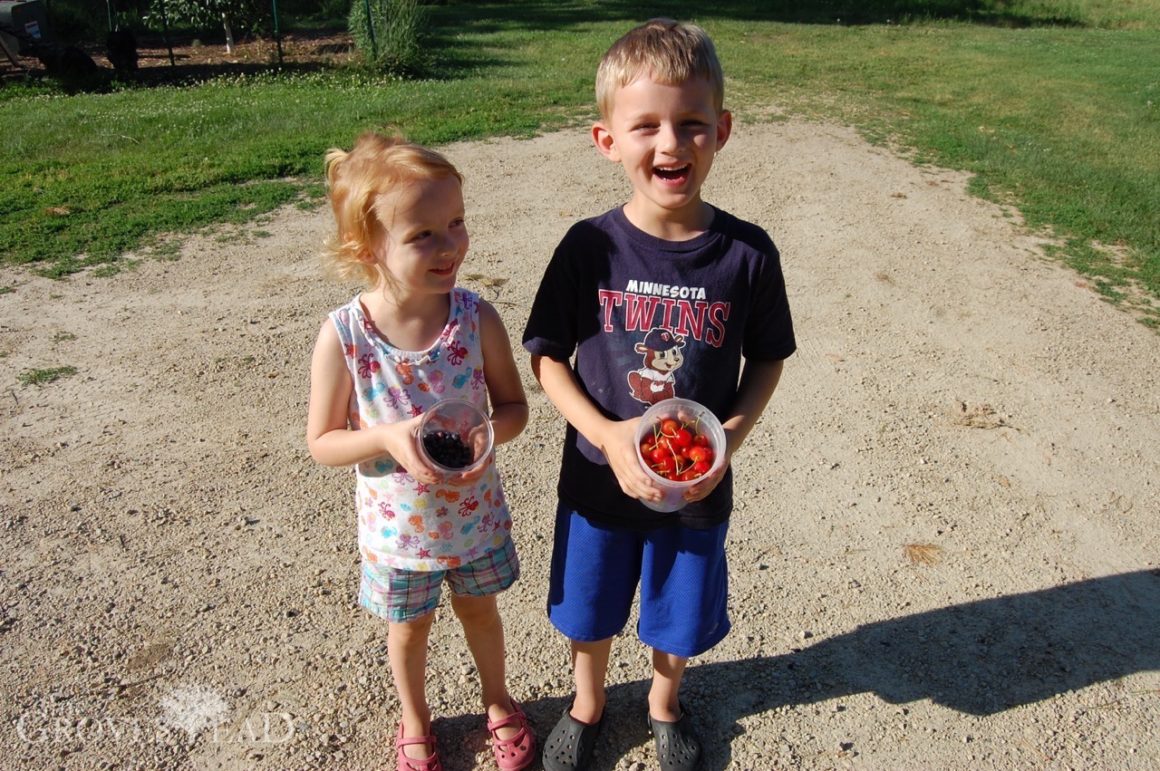
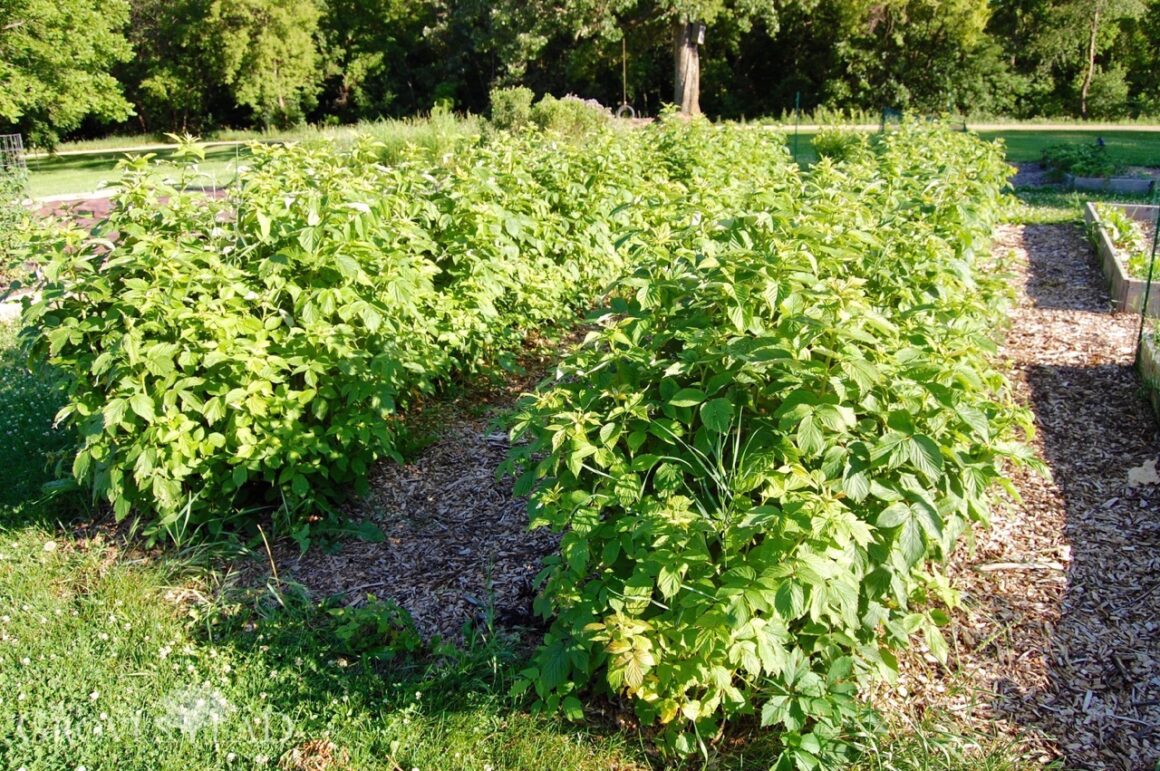
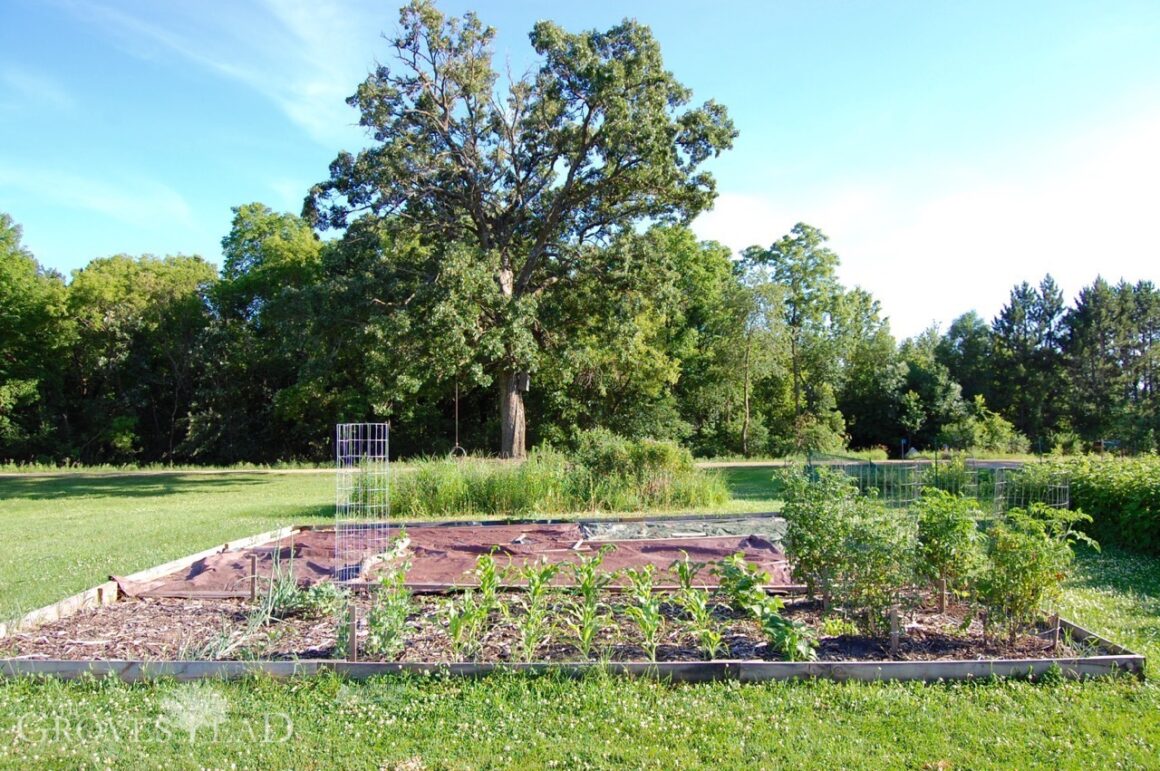
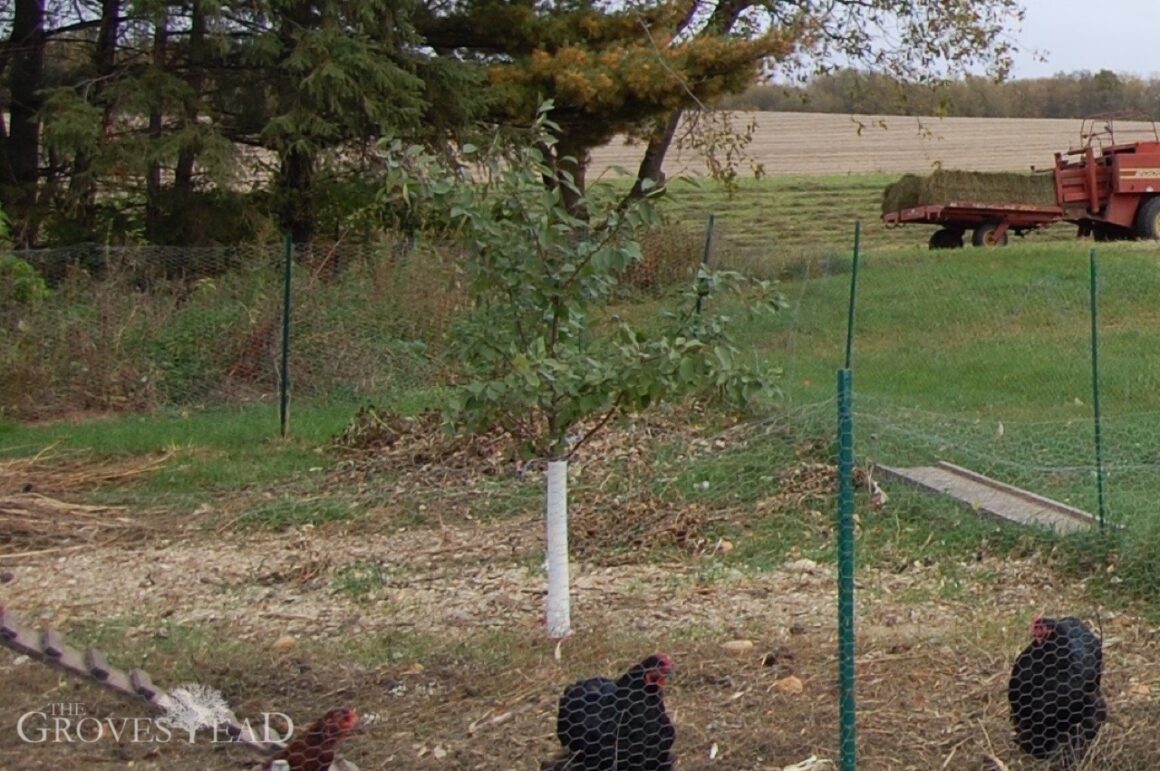
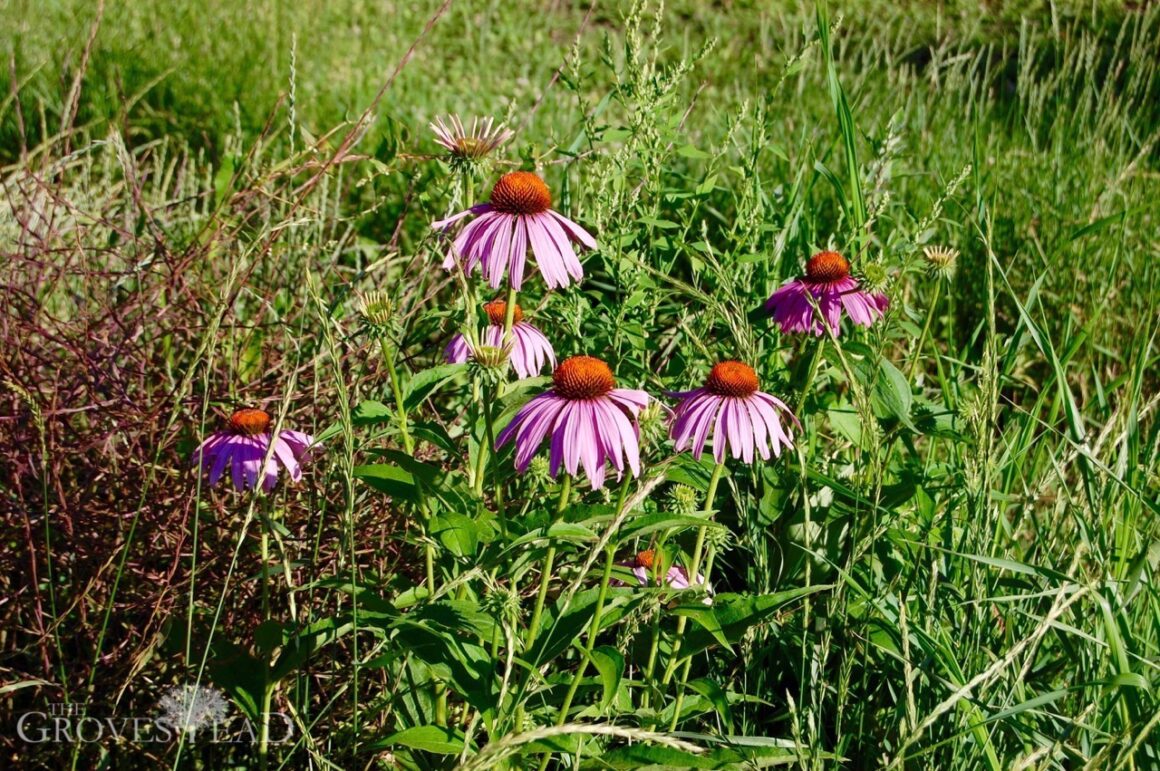
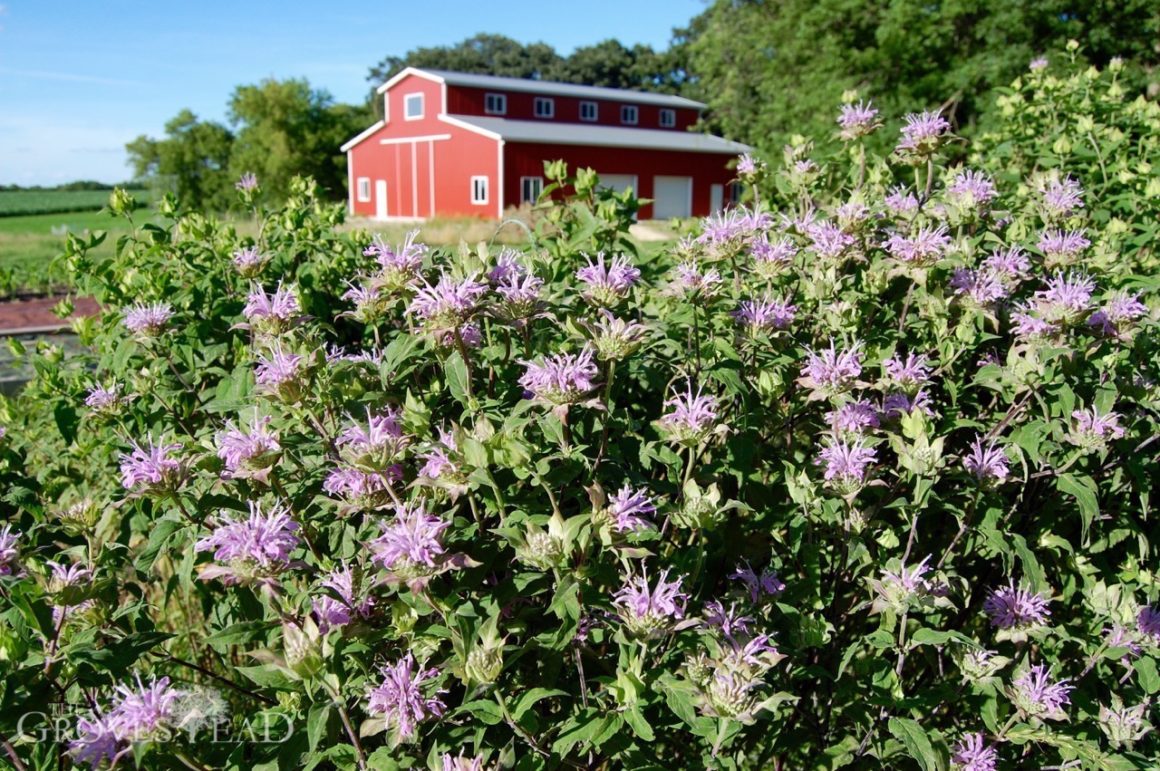
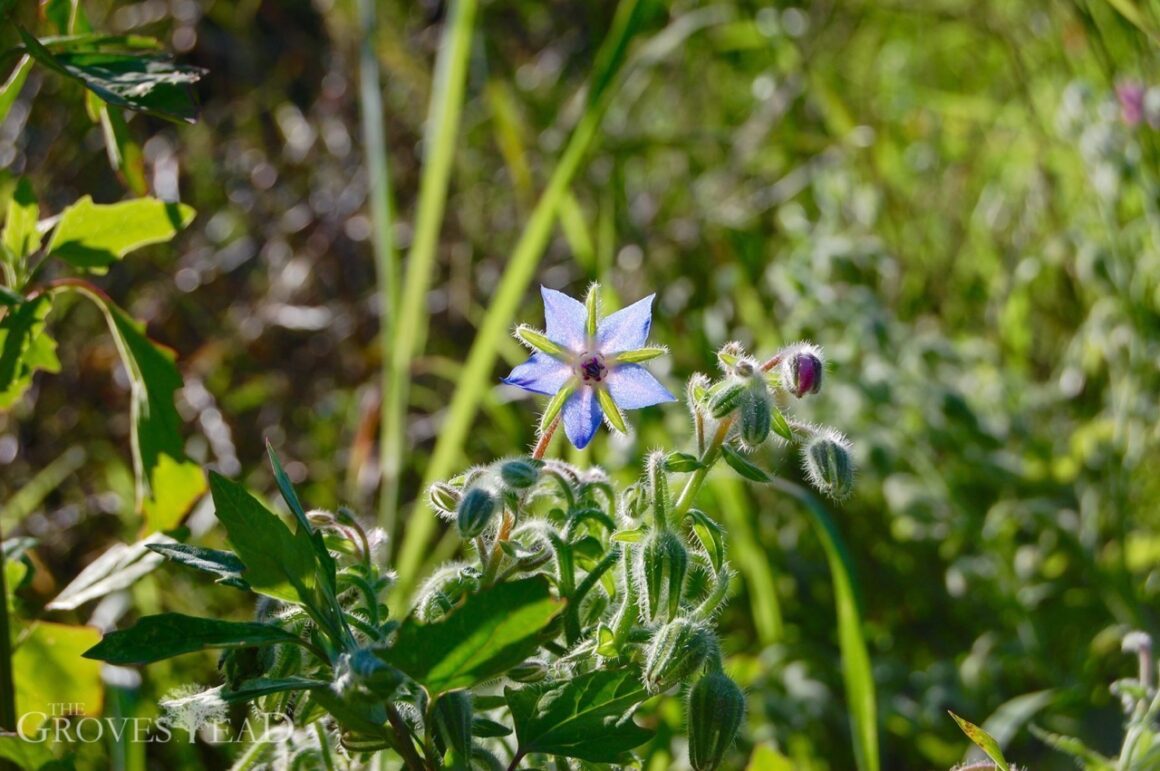
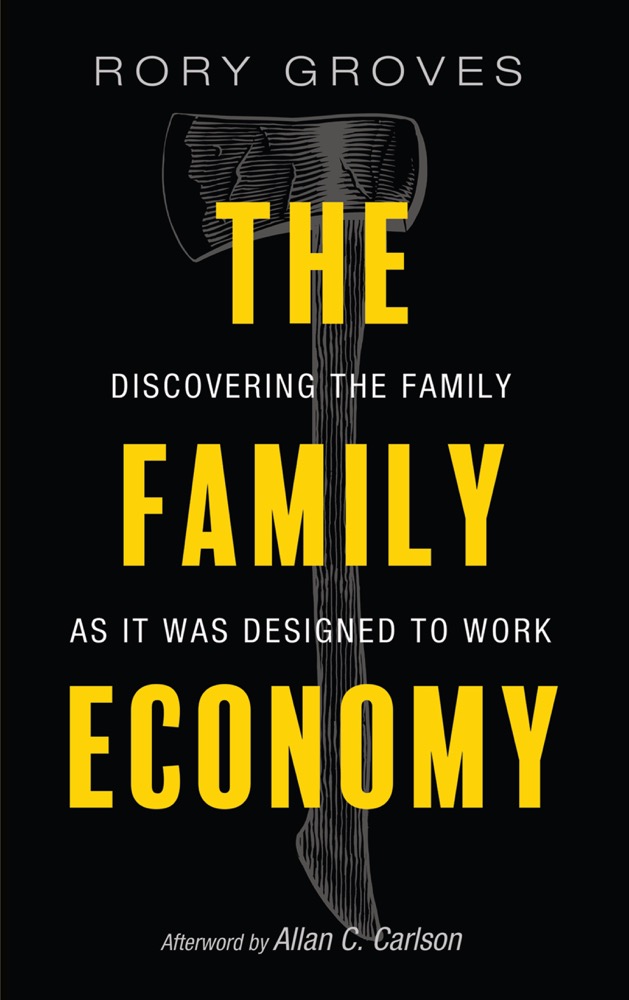
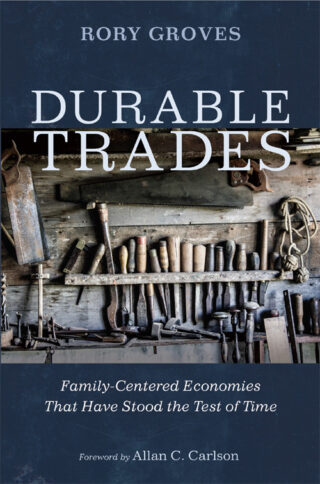
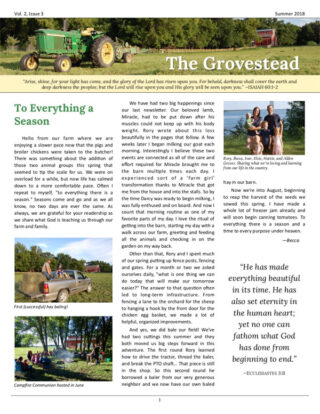

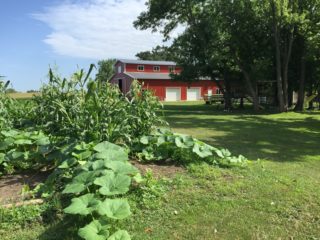


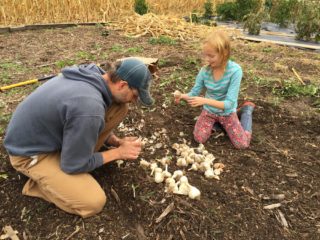
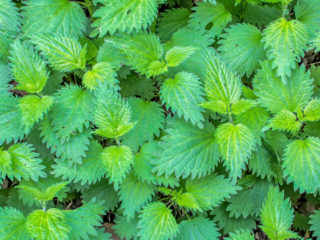
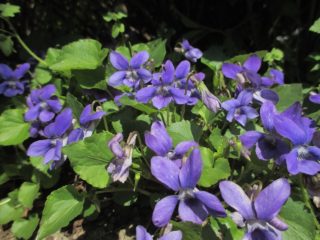

6 comments
Thank you for the update. It was interesting and very helpful. I do think the B2E garden must take a few seasons to really work well. I also was thinking that if it does work well you wouldn’t need as big of a garden. If things produce well we won’t need as many plants etc. Anyway, thank you!
I am very interested in learning about Back to Eden gardening! I could spend hours a day to get the weeds out!
I’m experiencing minimal growth in my vegetables this year too…..very strange.
Would love to chat after church some Sunday!
Pam
We need some of that good MN soil down here in TN!
I see some borage… our bees are enjoying the borage flowers we planted from the seeds we got from you guys.
Love seeing some of the stuff you guys are doing.
Jeremiah, that is the whole point of the Back to Eden garden. The good soil is wherever you follow these methods.
Go to Herrick Kimball’s blog, Upland, and read his four part series comparing Back to Eden method with minibed method, also a method about using a ‘covering’. It is well-done. I’ve used wood chips as a covering for my vegetable garden for years now, and have enjoyed corresponding with Paul. Herrick is quite complimentary towards Back to Eden method. He also links to you tube videos educating us on the importance of soil life. They are fascinating and extremely helpful, comparing tilled dirt to no-tilled soil. Paul’s no-till method provides sub-soil life teeming toward healthy gardening!! The mini-bed method provides a covering, also, and cuts weeding down drastically to 5 foot square beds. Thanks for your blog, I’m already learning a lot!
Thanks Elizabeth, I will go check that out. I just came inside from preparing the garden beds today. The plot is now much larger than last year and the covering has had a full year and a half to compost. The soil looks very rich underneath. Happy planting!